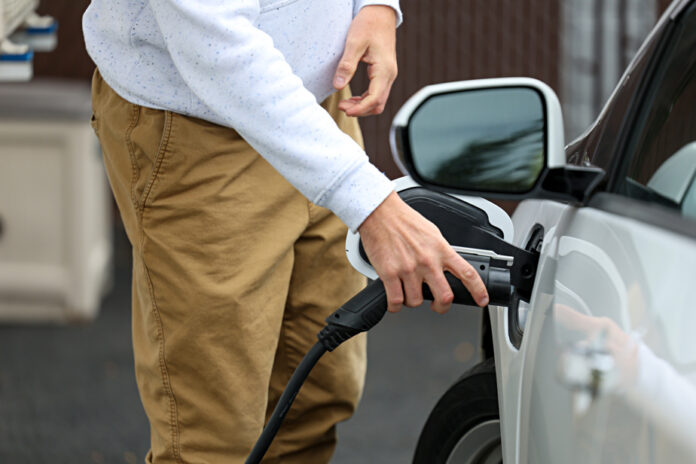A new stress has appeared in our daily lives in recent years. A new kind of stress, which you already know or which you will probably know over the next few years since it is directly linked to the range of our electric cars: the stress of charging…
The thoughts are recurring. We think about our last charge, how many miles we have left to go, what we have available to reach the next terminal which… where is it, exactly? Will we make it in time? And if so, how long will it take us to charge it all up? Too long…
Bad feelings all that. That’s why I’m interested in a new technology developed by NASA that could help us by speeding up the process of charging our electric vehicles.
In fact, NASA didn’t think of us at first. Its technology was designed for future space missions. However, the fact is that even if we are not aiming for the Moon, this technology could help recharge our cars, and this, in just five minutes. Explanations.
The technology we are talking about here is called: Flow Boiling and Condensation Experiment (FBCE for those of my kind who like to go as fast as possible).
The FBCE, therefore, created by a team of NASA experts and researchers from Purdue University, Indiana, is a cooling device that will be useful for space missions, since it will have the capacity to cool certain equipment which must reach specific temperatures. We can think of nuclear fission systems used for missions to the Moon, or to Mars.
Everything is still brand new. The International Space Station received the equipment in August 2021 and began broadcasting information on this new technology in early 2022, but plans are already underway for its use on Earth.
For our electric vehicles, this is indeed a technology that could well solve the problems of slow charging times by eliminating the heat created during this exercise. In other words, we found a way to cool the cables during charging.
You should know that to date, with the majority of terminals, it takes more than 20 minutes to recharge your battery. And that’s if we’re lucky enough to have access to a fast charging station, because on other occasions charging speeds can subject us to waiting times of a few hours before we can finally resume. the wheel. Annoying, you say?
The fact is that the majority of consumer chargers support currents up to a maximum of 150 amps.
In order to charge your car in five minutes, the International Space Agency specifies that a charger must provide a current of 1400 amperes, minimum. However, NASA estimates that its charging system can provide up to 2400 amps of power… That’s a game changer.
All thanks to this famous cooling system which allows the number of amperages to be multiplied by 4.6 without risk of overheating, all thanks to a liquid which can be found in the cable, which does not conduct current and which can absorb the heat emitted. In fact, this system could remove up to 24.2 kilowatts of heat.
The technique is still experimental. The batteries of our vehicles are not yet adapted to be compatible with this type of system, and a string of tests is to come.
The fact remains that this technology coming straight from space is in full development and that it appears promising for the future. At the very least, it is resolutely in line with all the efforts made by researchers to make the electric car as easy to use as the thermal car.
To date, people who hesitate to acquire an electric vehicle are often hampered by the imperatives of the vehicle’s autonomy. In this sense, this technique of recharging in five minutes is decidedly interesting.
It not only eliminates a major inconvenience, but also a stress that we do not want to add to life. It only remains to be hoped that the automotive industry can adopt this technology quickly so that it becomes the standard on our electric vehicles.















